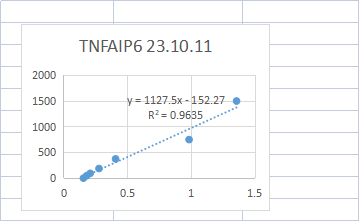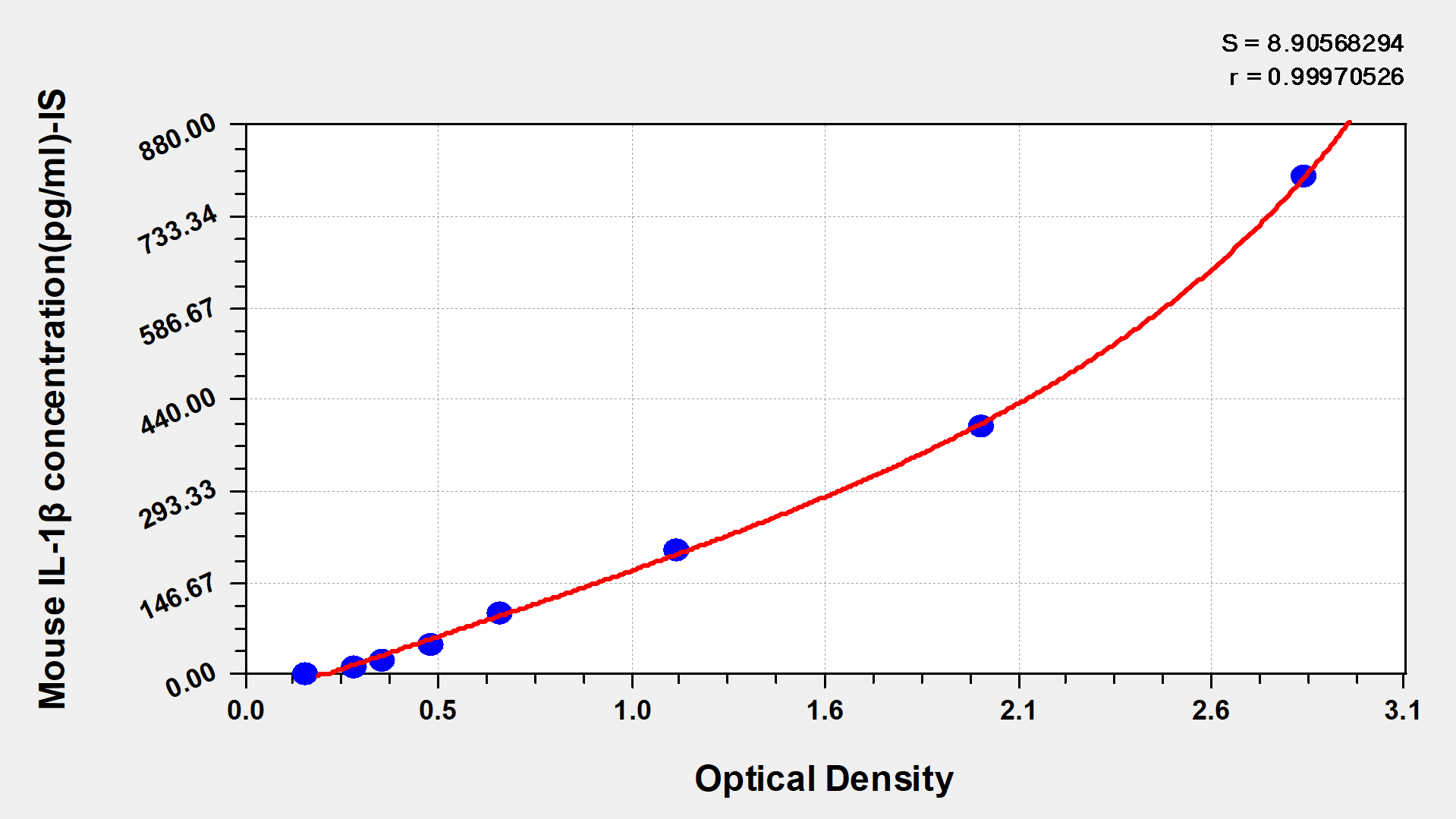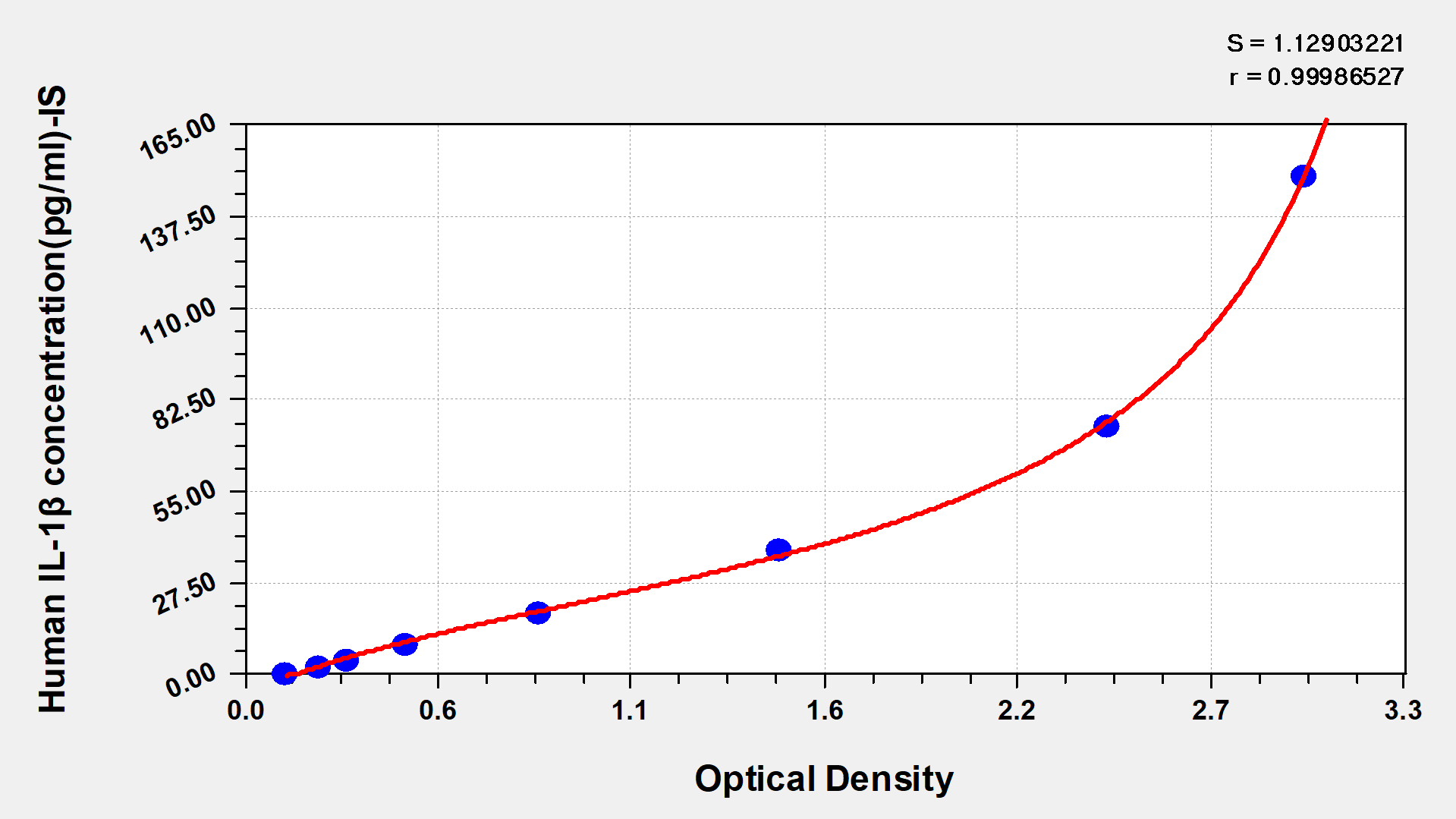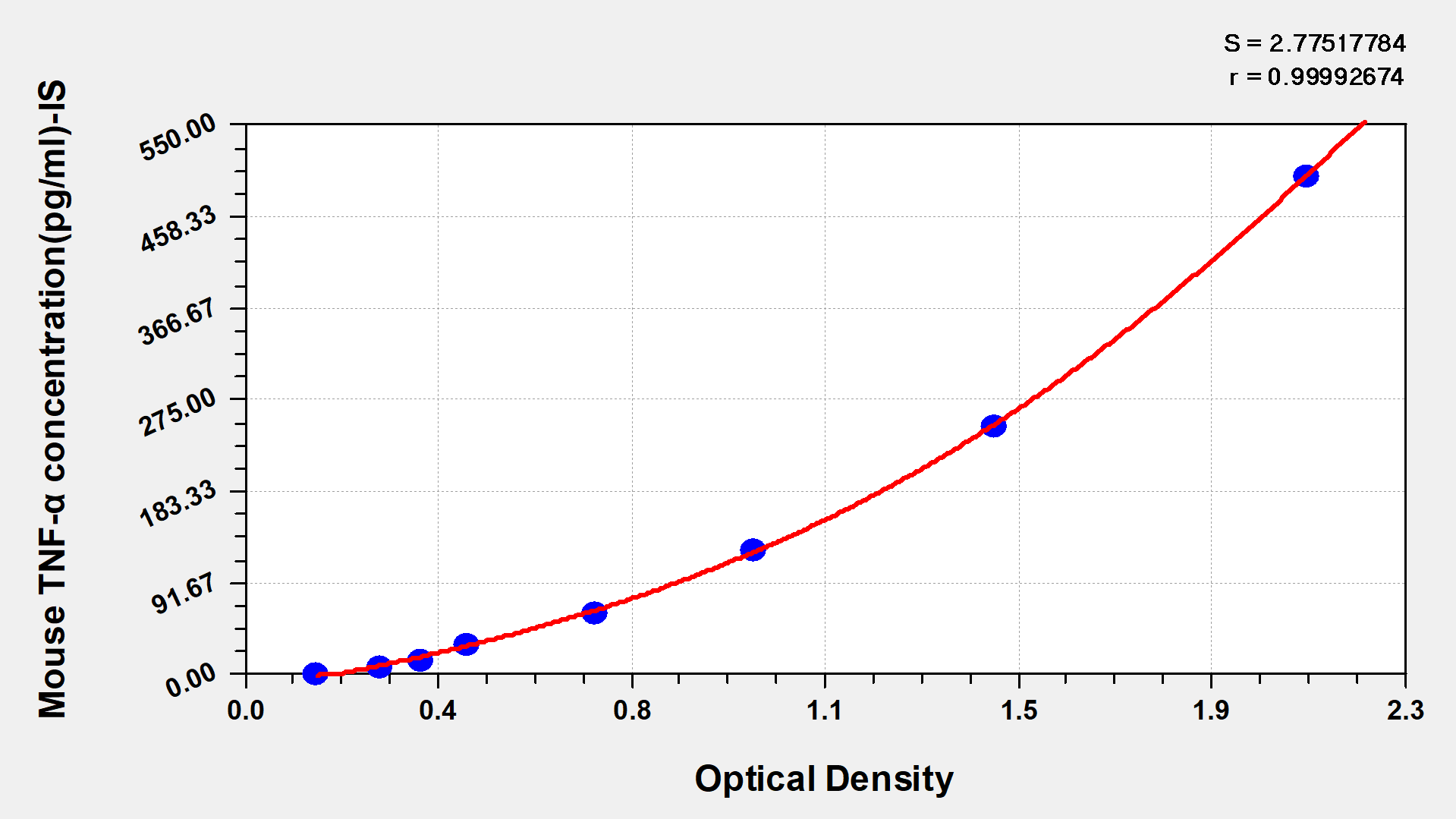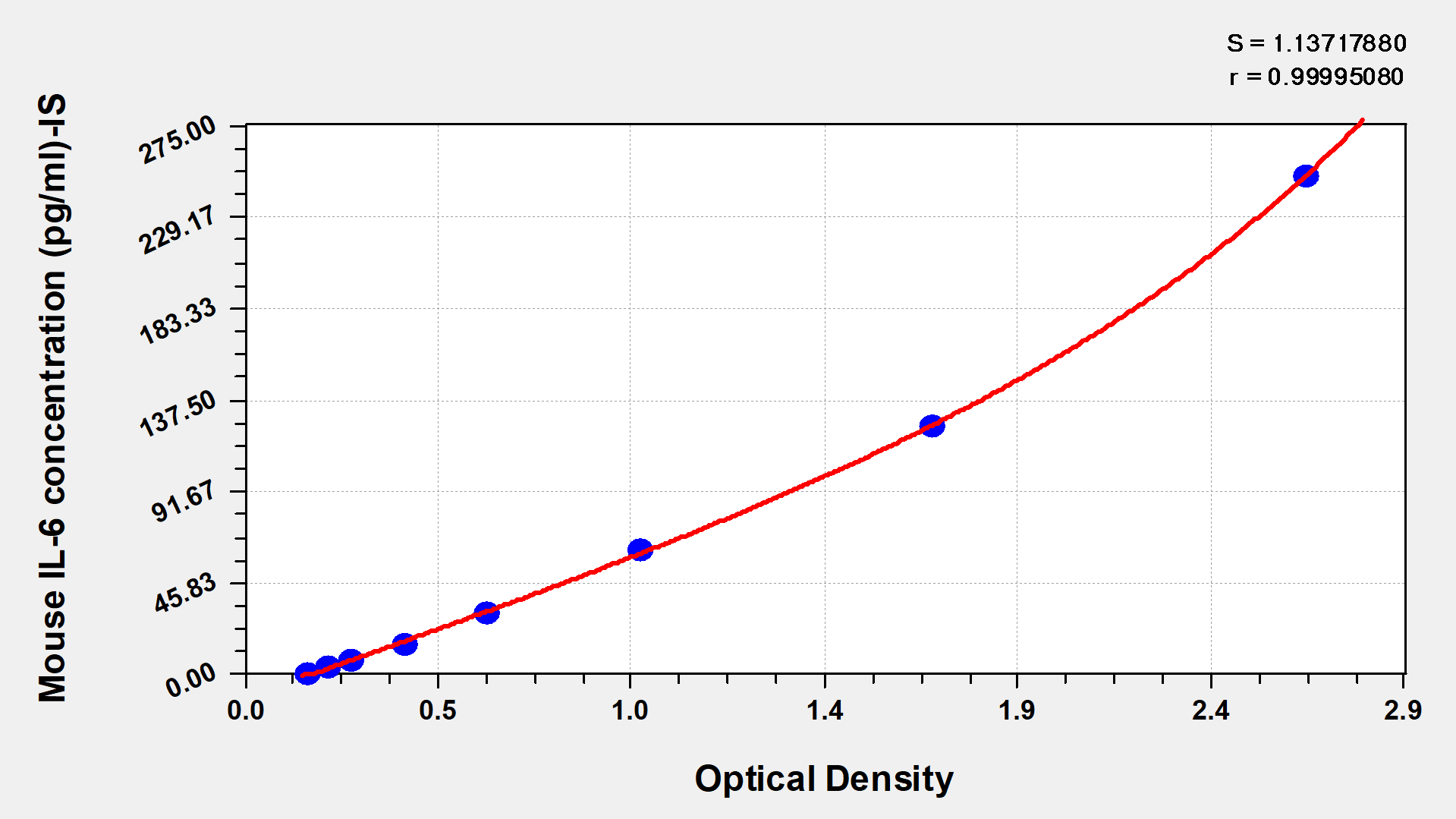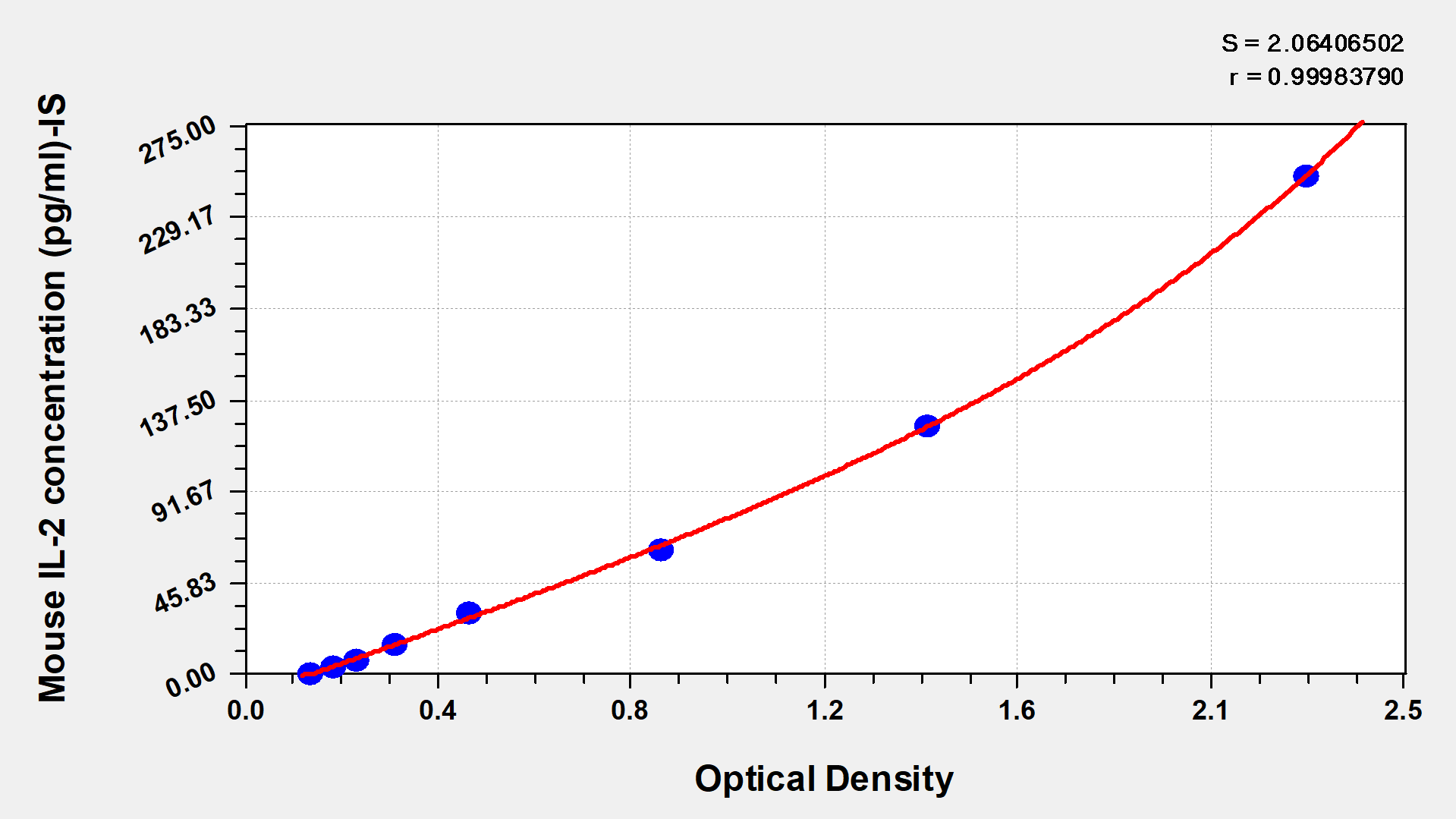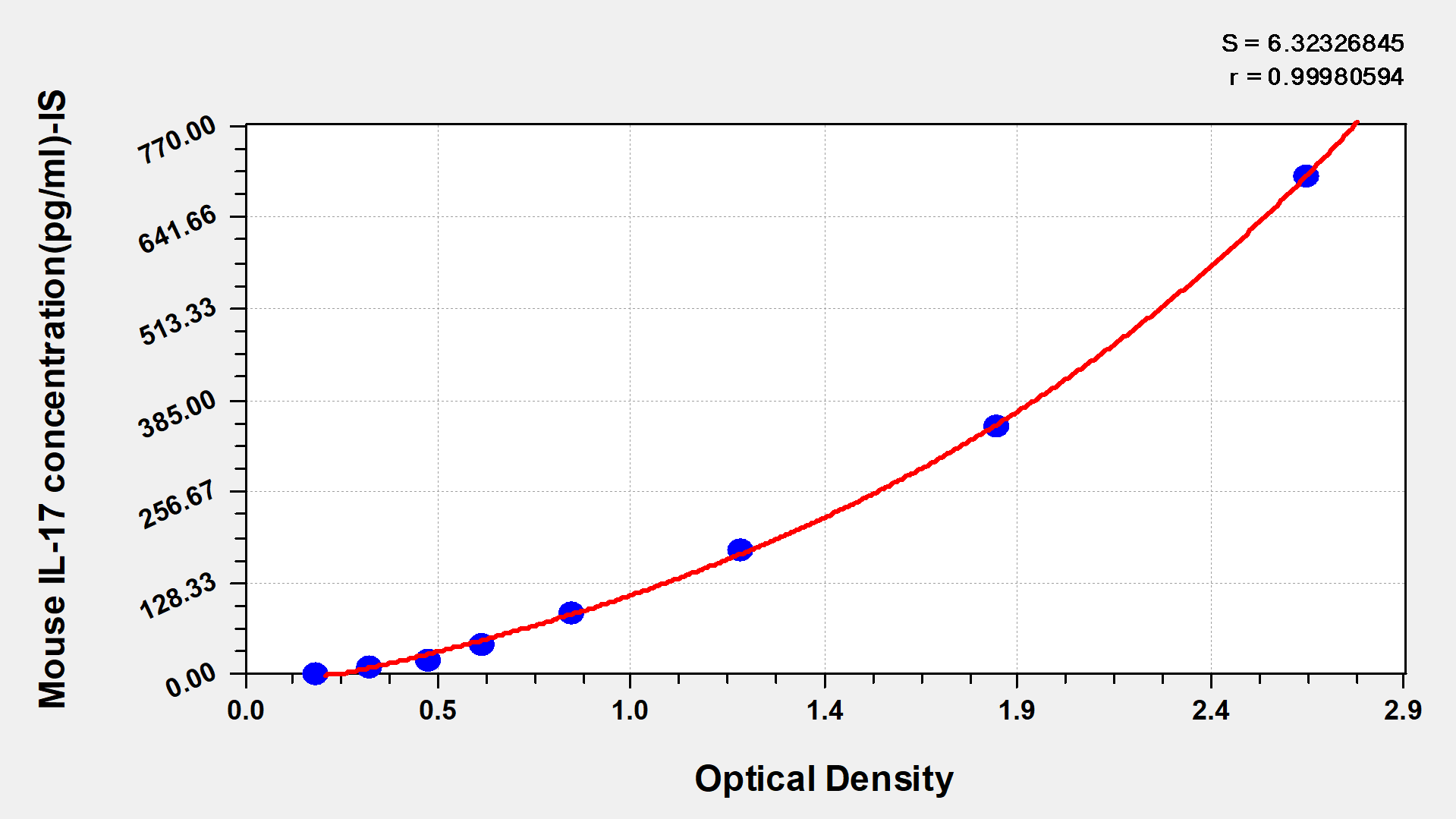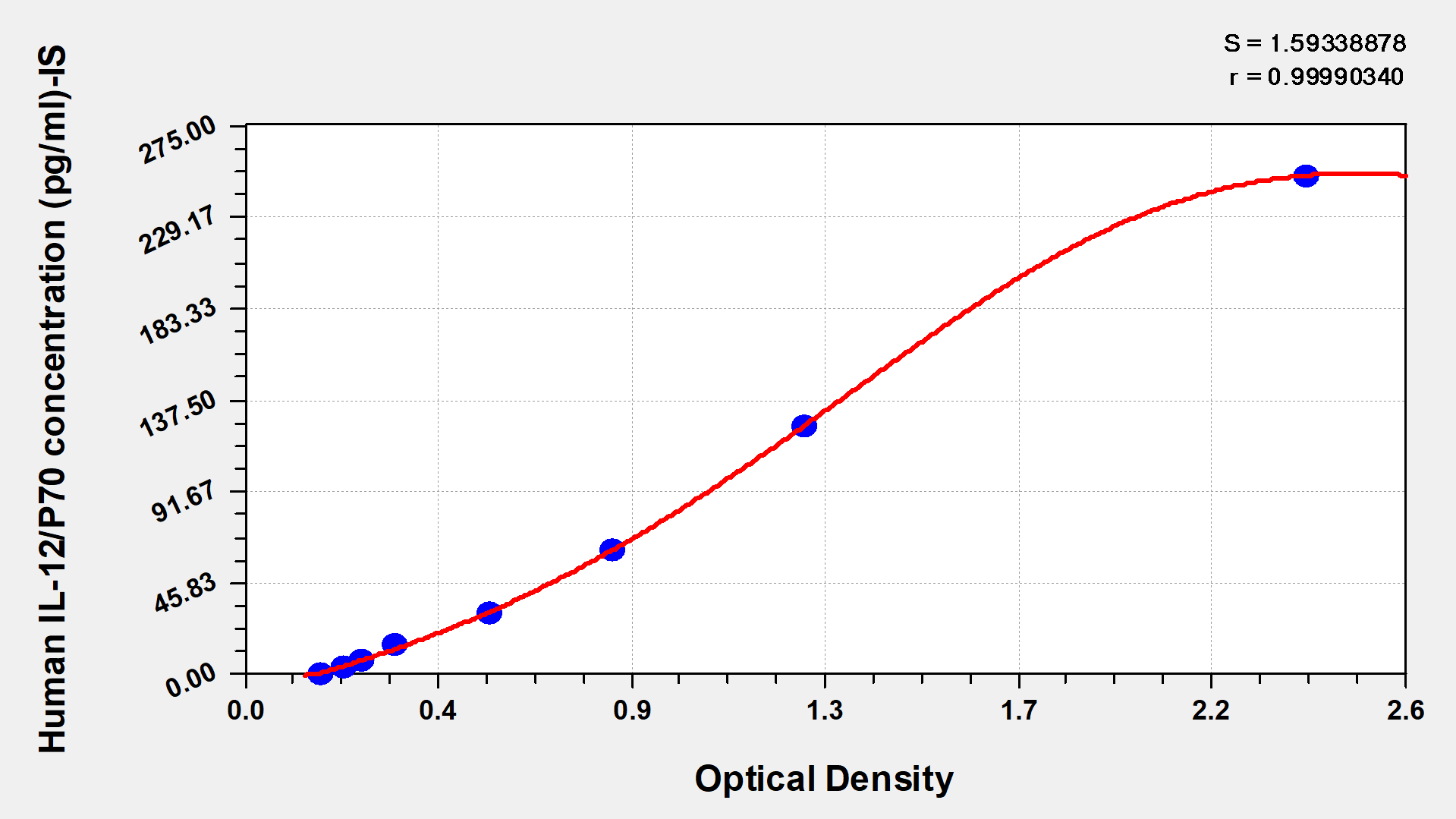Human Tumor necrosis factor-inducible gene 6 protein(TNFAIP6) ELISA kit

產(chǎn)品詳情
-
產(chǎn)品描述:
人腫瘤壞死因子誘導(dǎo)基因6蛋白(TNFAIP6)酶聯(lián)免疫試劑盒(CSB-EL023959HU)為雙抗夾心法ELISA試劑盒���,定量檢測(cè)血清�����、血漿��、組織勻漿樣本中的TNFAIP6含量�。TNFAIP6 靶點(diǎn)具有重要生物學(xué)意義。它可能參與炎癥���、組織修復(fù)等生理過(guò)程�����。相關(guān)研究聚焦于其在疾病發(fā)生發(fā)展中的作用機(jī)制��,探索其作為治療靶點(diǎn)的潛力�,如在炎癥性疾病等領(lǐng)域�,為開(kāi)發(fā)針對(duì)性藥物提供理論基礎(chǔ)�����。試劑盒檢測(cè)范圍為47 ng/ml- 3000 ng/ml���,適用于基礎(chǔ)科研中探索TNFAIP6在炎癥性疾病、纖維化病變或腫瘤發(fā)展中的表達(dá)規(guī)律���,亦可用于評(píng)估體外實(shí)驗(yàn)?zāi)P椭兴幬锔深A(yù)或基因調(diào)控對(duì)該靶點(diǎn)的影響����。為研究TNFAIP6在病理生理過(guò)程中的動(dòng)態(tài)變化提供可靠工具�。本品僅用于科研,不用于臨床診斷���,產(chǎn)品具體參數(shù)及操作步驟詳見(jiàn)產(chǎn)品說(shuō)明書(shū)����。
-
別名:
Hyaluronate binding protein ELISA Kit; Hyaluronate-binding protein ELISA Kit; TNF alpha induced protein 6 ELISA Kit; TNF alpha-induced protein 6 ELISA Kit; TNF stimulated gene 6 protein ELISA Kit; TNF-stimulated gene 6 protein ELISA Kit; TNFAIP 6 ELISA Kit; Tnfaip6 ELISA Kit; TSG 6 ELISA Kit; TSG-6 ELISA Kit; TSG6_HUMAN ELISA Kit; Tumor necrosis factor alpha induced protein 6 ELISA Kit; Tumor necrosis factor alpha inducible protein 6 ELISA Kit; Tumor necrosis factor alpha-induced protein 6 ELISA Kit; Tumor necrosis factor inducible gene 6 protein ELISA Kit; Tumor necrosis factor stimulated gene 6 protein ELISA Kit; Tumor necrosis factor-inducible gene 6 protein ELISA Kit
-
縮寫(xiě):
TNFAIP6
-
Uniprot No.:
-
種屬:
Homo sapiens (Human)
-
樣本類(lèi)型:
serum, plasma, tissue homogenates
-
檢測(cè)范圍:
47 ng/ml - 3000 ng/ml
-
靈敏度:
11.75 ng/ml
-
反應(yīng)時(shí)間:
1-5h
-
樣本體積:
50-100ul
-
檢測(cè)波長(zhǎng):
450 nm
-
研究領(lǐng)域:
Cancer
-
測(cè)定原理:
quantitative
-
測(cè)定方法:
Sandwich
-
精密度:
Intra-assay Precision (Precision within an assay): CV%<8% | | | |
Three samples of known concentration were tested twenty times on one plate to assess. | |
Inter-assay Precision (Precision between assays): CV%<10% | | | |
Three samples of known concentration were tested in twenty assays to assess. | | |
-
線性度:
To assess the linearity of the assay, samples were spiked with high concentrations of human TNFAIP6 in various matrices and diluted with the Sample Diluent to produce samples with values within the dynamic range of the assay. |
|
| Sample | Serum(n=4) | |
1:1 | Average % | 99 | |
Range % | 92-106 | |
1:2 | Average % | 85 | |
Range % | 81-92 | |
1:4 | Average % | 89 | |
Range % | 84-94 | |
1:8 | Average % | 95 | |
Range % | 88-101 | |
-
回收率:
The recovery of human TNFAIP6 spiked to levels throughout the range of the assay in various matrices was evaluated. Samples were diluted prior to assay as directed in the Sample Preparation section. |
|
Sample Type | Average % Recovery | Range | |
Serum (n=5) | 94 | 89-100 | |
EDTA plasma (n=4) | 88 | 81-95 | |
-
標(biāo)準(zhǔn)曲線:
These standard curves are provided for demonstration only. A standard curve should be generated for each set of samples assayed. |
|
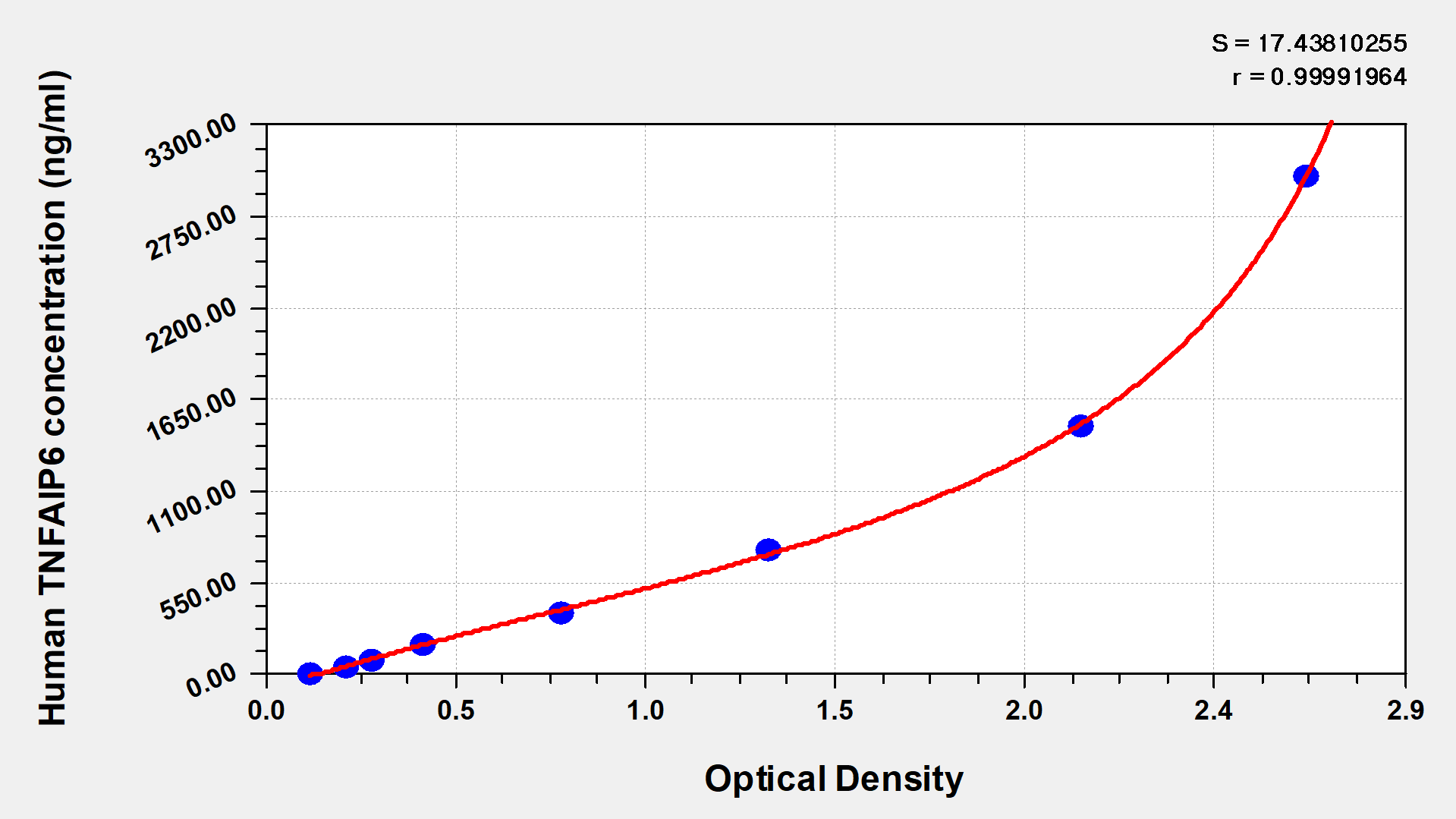
| | | | | | |
ng/ml | OD1 | OD2 | Average | Corrected | |
3000 | 2.715 | 2.634 | 2.674 | 2.546 | |
1500 | 2.032 | 2.167 | 2.099 | 1.972 | |
750 | 1.329 | 1.278 | 1.303 | 1.175 | |
375 | 0.786 | 0.749 | 0.767 | 0.640 | |
187.5 | 0.427 | 0.411 | 0.419 | 0.291 | |
94 | 0.294 | 0.278 | 0.286 | 0.158 | |
47 | 0.227 | 0.217 | 0.222 | 0.094 | |
0 | 0.131 | 0.125 | 0.128 | | |
-
本試劑盒所含材料:
- A micro ELISA plate --- The 96-well plate has been pre-coated with an anti-human TNFAIP6 antibody. This dismountable microplate can be divided into 12 x 8 strip plates.
- Two vials lyophilized standard ---Dilute a bottle of the standard at dilution series, read the OD values, and then draw a standard curve.
- One vial Biotin-labeled TNFAIP6 antibody (100 x concentrate) (120 μl/bottle) ---Act as the detection antibody.
- One vial HRP-avidin (100 x concentrate) (120 μl/bottle) ---Bind to the detection antibody and react with the TMB substrate to make the solution chromogenic.
- One vial Biotin-antibody Diluent (15 ml/bottle) ---Dilute the Biotin-antibody.
- One vial HRP-avidin Diluent (15 ml/bottle) ---Dilute the HRP-avidin solution.
- One vial Sample Diluent (50 ml/bottle)---Dilute the sample to an appropriate concentration.
- One vial Wash Buffer (25 x concentrate) (20 ml/bottle) ---Wash away unbound or free substances.
- One vial TMB Substrate (10 ml/bottle) ---Act as the chromogenic agent. TMB interacts with HRP, eliciting the solution turns blue.
- One vial Stop Solution (10 ml/bottle) ---Stop the color reaction. The solution color immediately turns from blue to yellow.
- Four Adhesive Strips (For 96 wells) --- Cover the microplate when incubation.
- An instruction manual
顯示更多
收起更多
-
本試劑盒不含材料:
- A microplate reader capable of measuring absorbance at 450 nm, with the correction wavelength set at 540 nm or 570 nm.
- An incubator can provide stable incubation conditions up to 37°C±5°C.
- Centrifuge
- Vortex
- Squirt bottle, manifold dispenser, or automated microplate washer
- Absorbent paper for blotting the microtiter plate
- 50-300ul multi-channel micropipette
- Pipette tips
- Single-channel micropipette with different ranges
- 100ml and 500ml graduated cylinders
- Deionized or distilled water
- Timer
- Test tubes for dilution
顯示更多
收起更多
-
數(shù)據(jù)處理:
-
貨期:
3-5 working days
產(chǎn)品評(píng)價(jià)
平均分:
5.0分 - 1 個(gè)評(píng)價(jià)
樣品類(lèi)型:血漿(抗凝劑) EDTA
樣品信息:人
稀釋比:沒(méi)有稀釋
產(chǎn)品評(píng)價(jià): ELISA結(jié)果正常組和患病組有明顯差異
Most popular with customers




